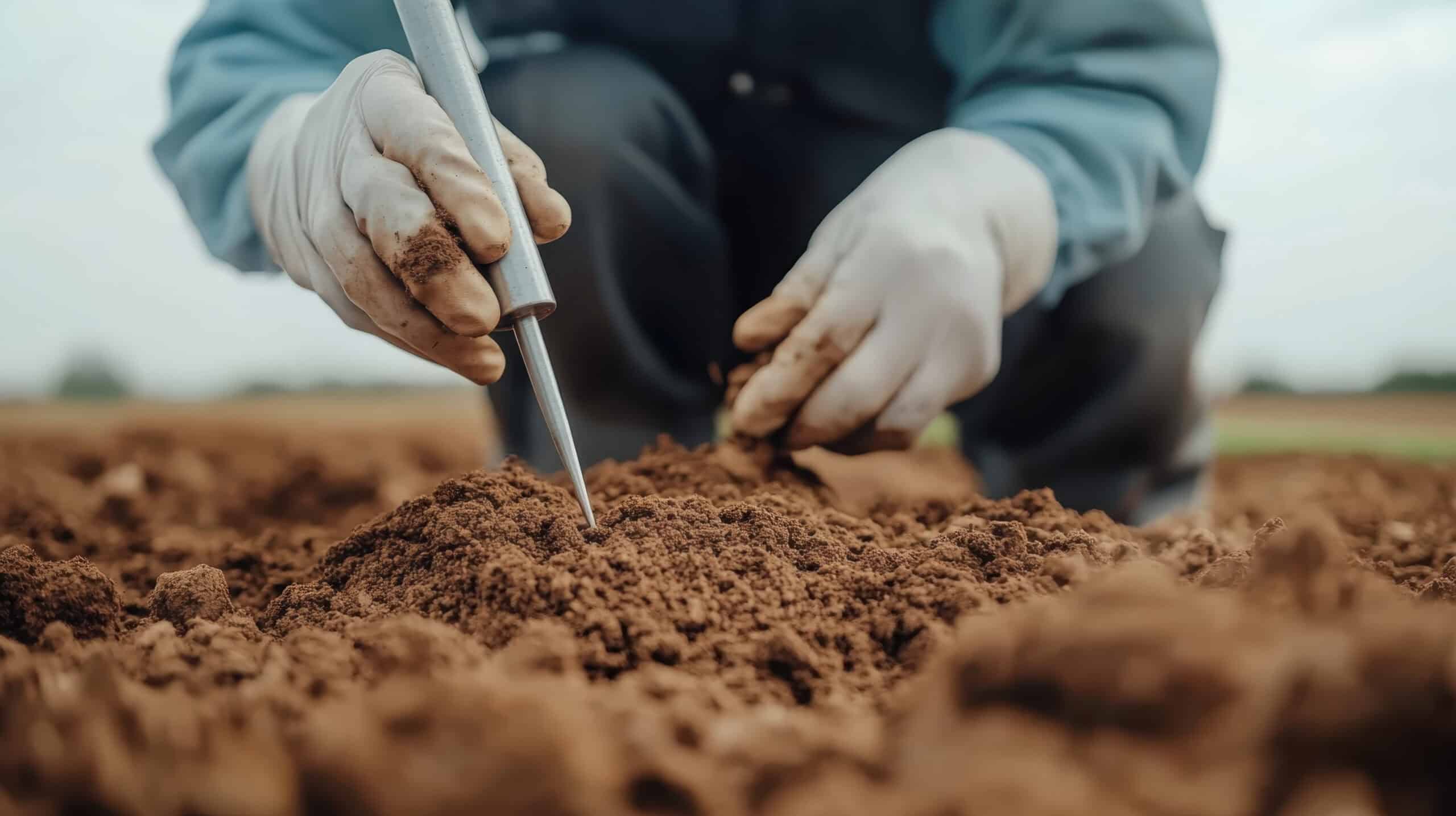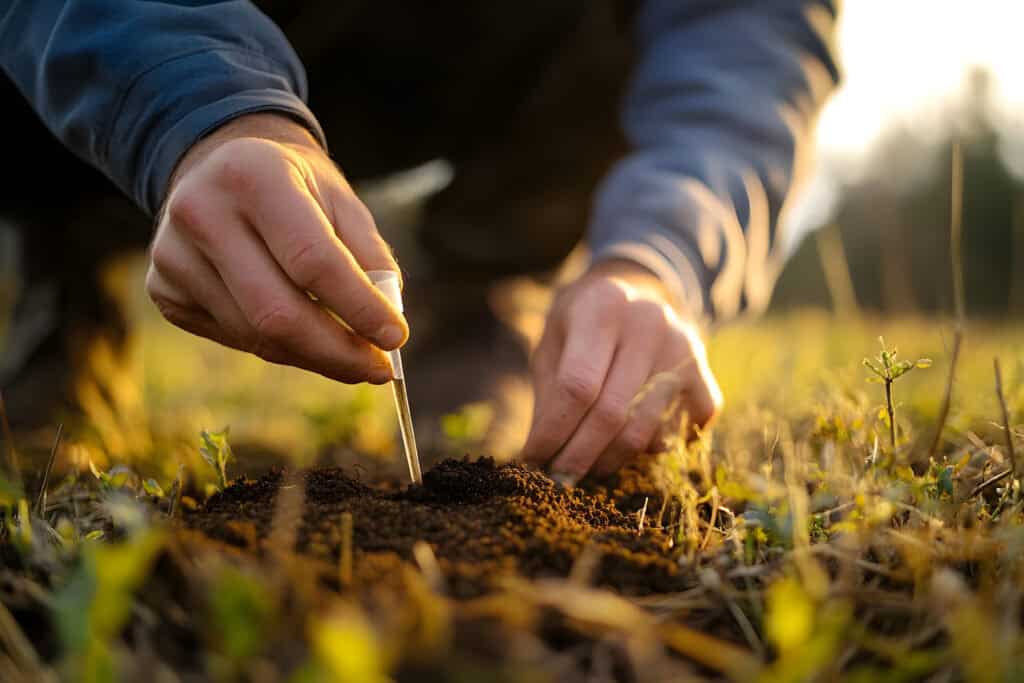
Planning Ahead for Soil Sampling: Interesting Facts Wisconsin Farmers Should Know
As Wisconsin fields turn from green to gold, it’s the perfect time to think soil sampling . Soil is more than just dirt under your boots—it’s a living, dynamic system that feeds your crops and drives your yields. And like any system, it needs regular checkups. That’s why soil sampling is such a powerful tool for Wisconsin farmers. By planning ahead, you not only get the most accurate results, but you also give yourself time to act on those results with the right soil amendments.
At GLC Minerals, we’re here to make sure those results translate into healthier soils and stronger crops. Here are some interesting facts (and practical tips) about soil sampling that highlight why it pays to plan ahead.

1. Soil Sampling Is Like a Soil “Blood Test”
Just as a doctor uses blood tests to check your health, soil tests reveal what’s happening below the surface—nutrient levels, pH, organic matter, and more. Without these numbers, you’re guessing at fertility needs. A timely sample gives you the knowledge to apply nutrients precisely where they’re needed.
👉 GLC Connection: If your test shows low calcium in soil or magnesium, our high-quality mineral products can restore balance and improve nutrient availability for next season’s crops.
2. Consistent Sampling Depth = Consistent Results
Did you know that changing your sample depth by just a couple of inches can significantly alter the results? For example, phosphorus (P) and potassium (K) levels are often higher near the soil surface. Maintaining a consistent depth of 6–8 inches ensures that your results can be compared year after year.
3. Soil pH Affects Nutrient Uptake
Here’s a fact many farmers know but don’t always act on: when soil pH is too low, key nutrients like nitrogen, phosphorus, and potassium become less available to plants—even if they’re in the soil. Correcting pH with lime or calcium soil amendment products ensures your fertilizer dollars aren’t wasted.
👉 GLC Connection: Our calcium carbonate (lime) products not only raise pH but also improve soil structure—leading to healthier root growth and better moisture retention.

UltraCal™
A high-purity calcium source that boosts soil structure and helps water soak in where it’s needed most.
UltraMag™
A balanced magnesium amendment that strengthens plant health without tightening up your soil.
MegaSol™
Our premium gypsum that keeps water moving, breaks up compaction, and adds essential sulfur to the mix.
4. Timing Matters More Than You Think
Late-summer and early-fall sampling is often the sweet spot in Wisconsin. Soil moisture levels stabilize, making results more reliable. Plus, you’ll have test results ready in time to make fall nutrient or lime applications—long before spring fieldwork crowds your schedule.

5. A Balanced Soil Today Pays Off Tomorrow
Soil tests aren’t just about short-term yields—they help you build long-term soil health. A field with balanced calcium, magnesium, phosphorus, and potassium will:
- Strengthen yields year after year
- Improve crop resilience against stress
- Increase efficiency of applied fertilizers
👉 GLC Connection: Our mineral solutions are sourced and processed locally in Green Bay, so Wisconsin farmers can trust they’re getting consistent, reliable products that support both immediate and long-term soil health.
Plan Now, Reap the Rewards Later
Soil sampling is one of the simplest, most cost-effective tools farmers have for making smarter fertility decisions. By planning ahead and acting on test results with the right soil amendments, you’re investing in both next season’s yield and the long-term health of your land.
At GLC Minerals, we’re proud to partner with Wisconsin farmers who care about their soils as much as their crops. Because healthy soils don’t just grow strong plants—they grow strong farms.
Want to learn how GLC’s agronomy solutions can support your farm’s success—season after season?